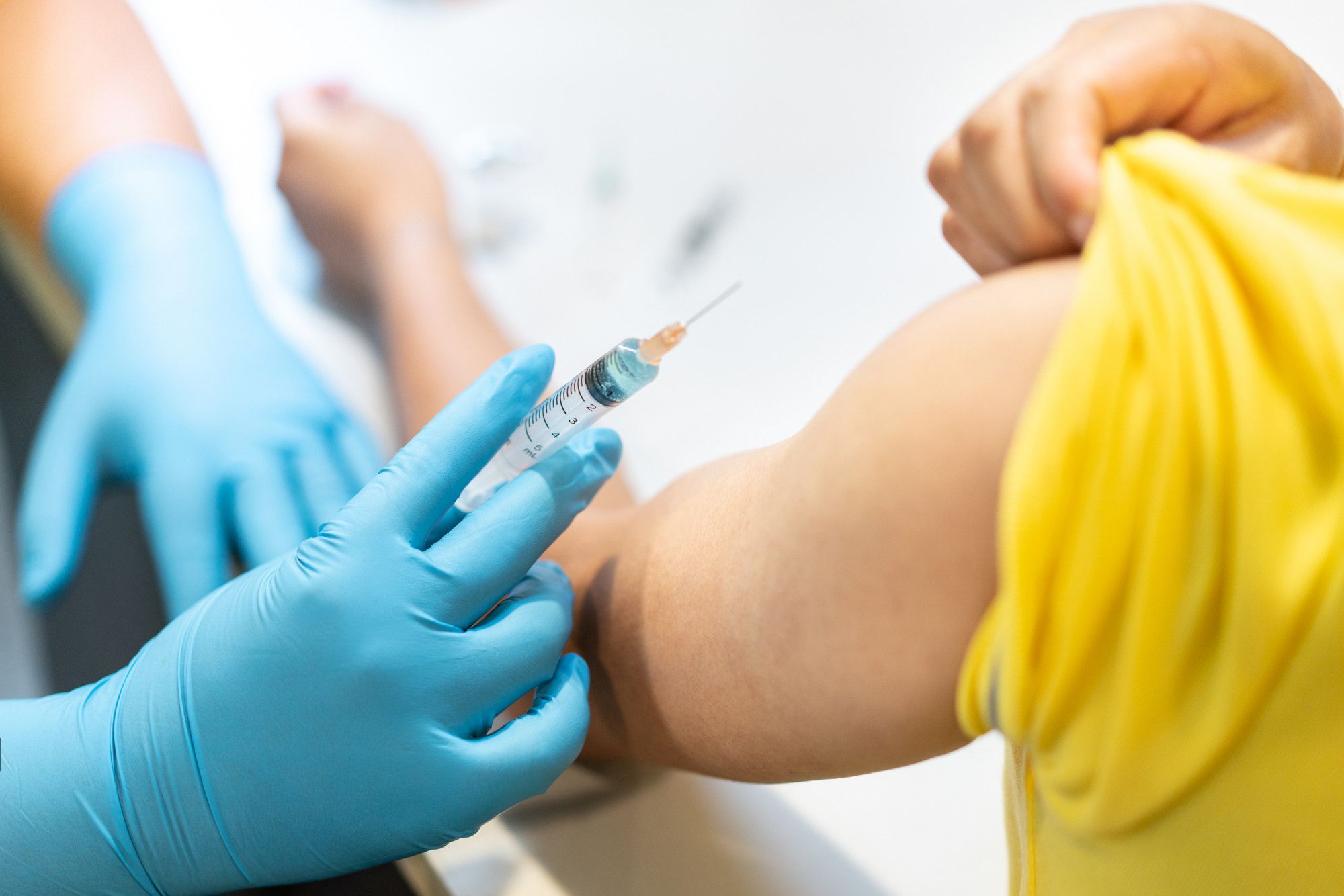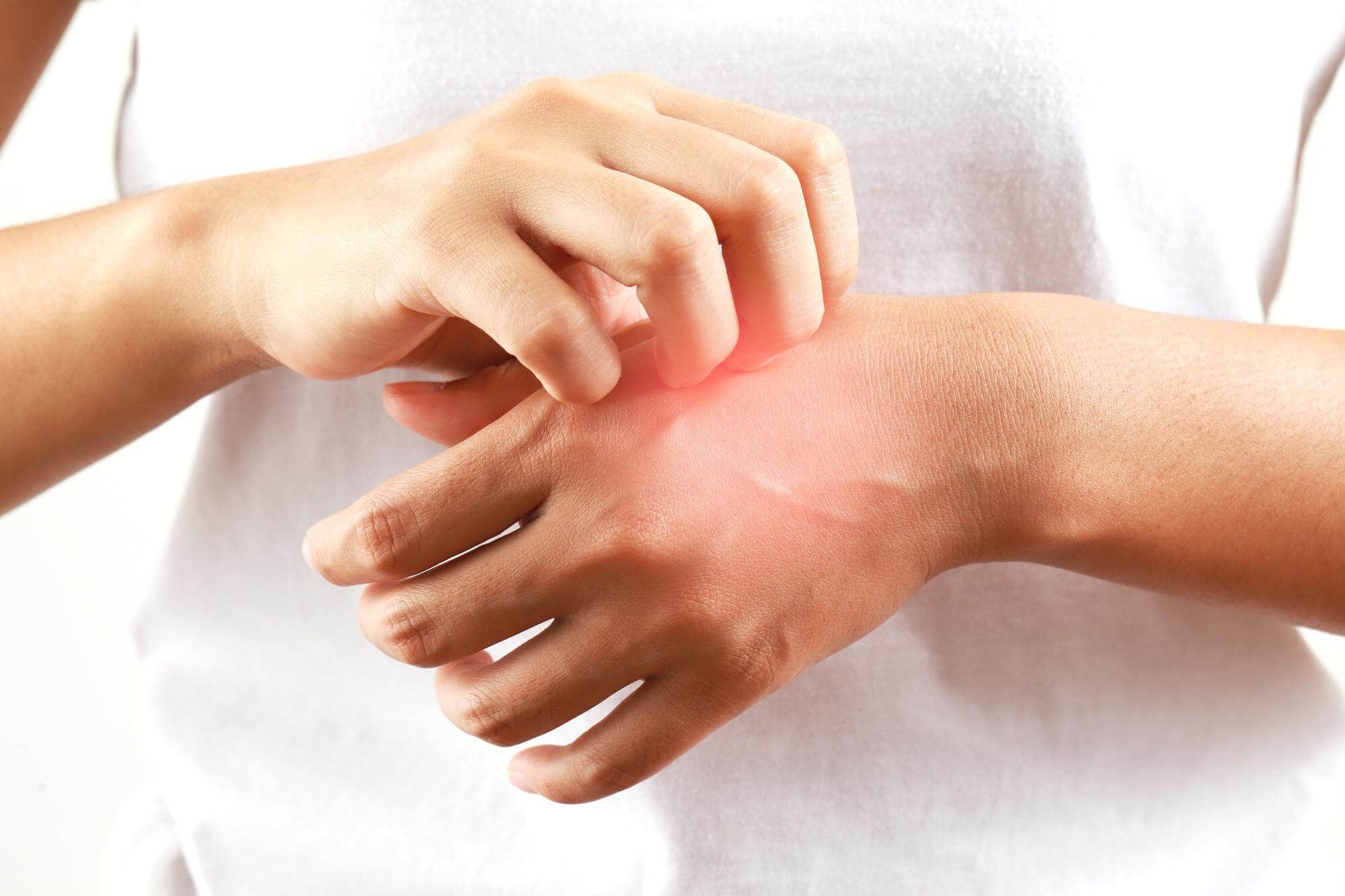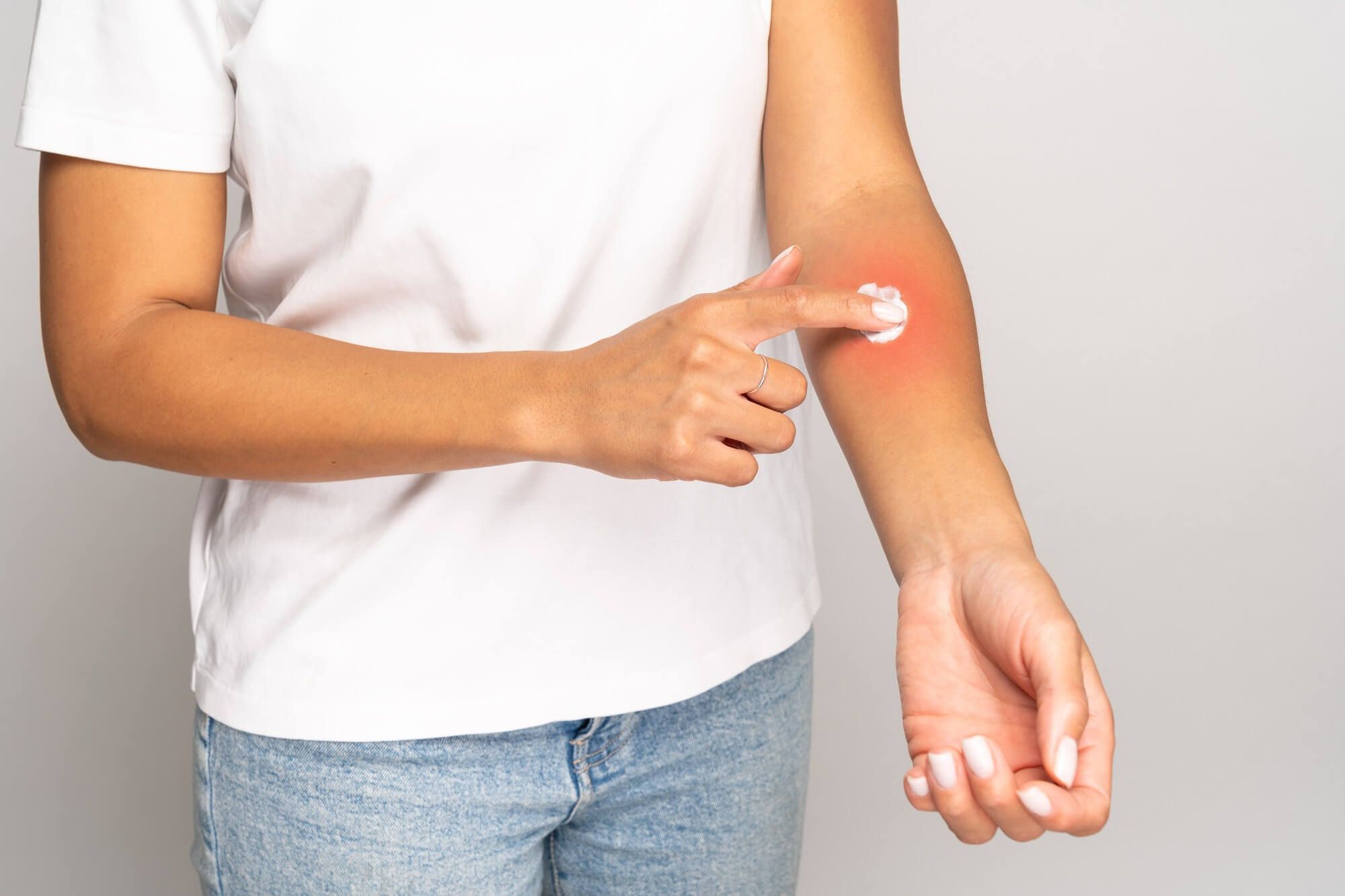Current methods for diagnosing and treating dyshidrotic eczema
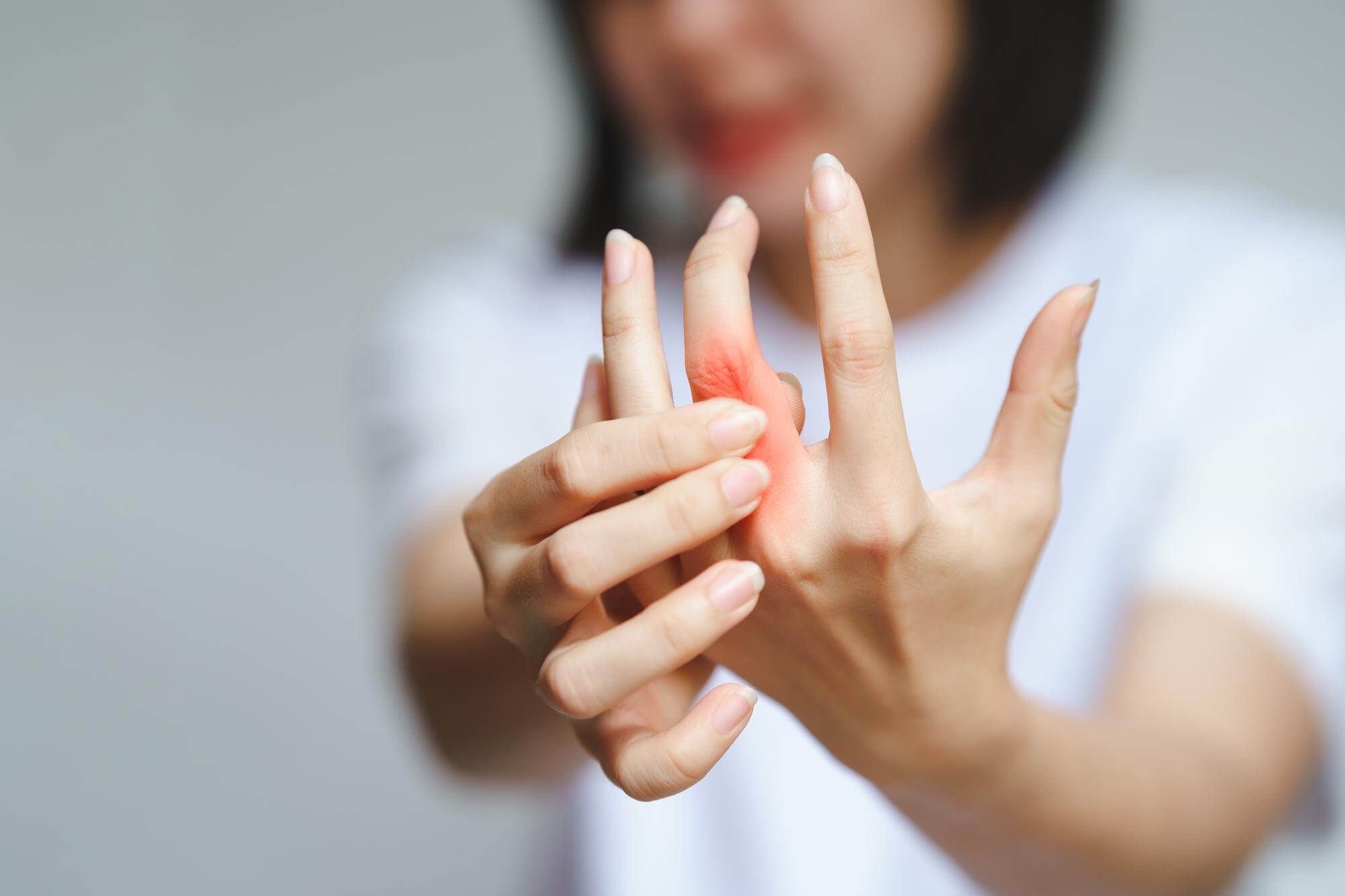

Irina Makarova
What is dyshidrotic eczema?
Dyshidrotic eczema (or dyshidrotic eczema) is a chronic skin condition that causes intense itching, flare-ups and small blisters on the skin, most often on the fingers and toes. Eczema can affect any part of the body, but is most commonly found on the hands and feet.
Causes of dyshidrotic eczema
Although the exact cause of dyshidrotic eczema has not yet been determined, it is thought to be related to the body's immune response, possibly caused by stress or allergies. It has been noted that people with atopic dermatitis, asthma or allergic rhinitis have a higher risk of developing dyshidrotic eczema.
Symptoms of dyshidrotic eczema
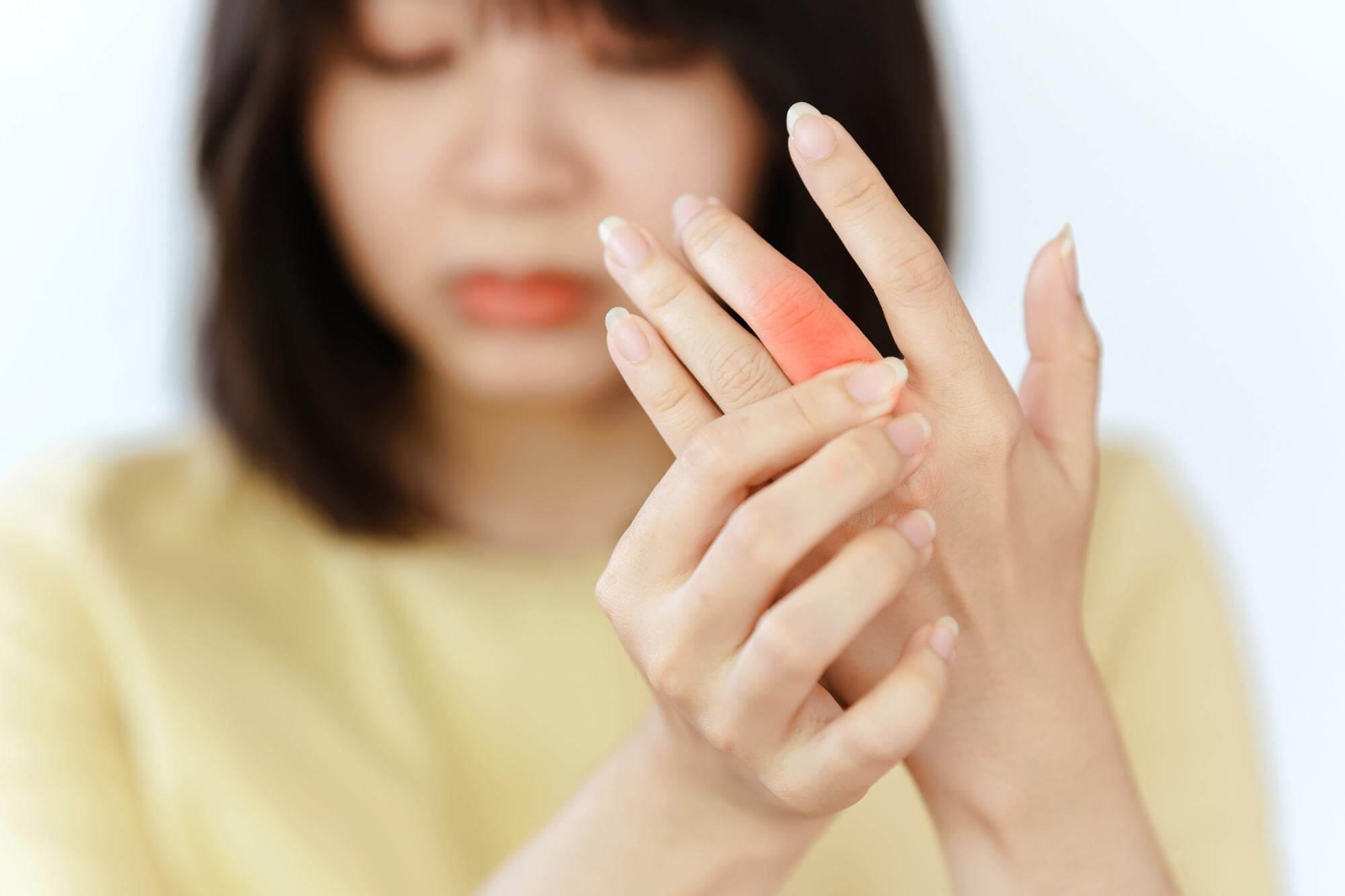
- The first signs of dyshidrotic eczema are often itching and the appearance of small blisters filled with fluid. Depending on the severity of the disease, the symptoms may be more or less pronounced.
- Eczema is usually localized on the fingers and toes, as well as on the palms of the hands and soles. The blisters may burst over time, leaving the skin dry, cracked, and often painful.
- Dyshidrotic eczema may also cause thickening of the skin, discoloration of the skin, and if the blisters are infected, burning and pain.
Diagnosis of dyshidrotic eczema
Diagnosis of dyshidrotic eczema includes a history of the condition, an external examination of the skin, and possibly dermatologic tests to rule out other conditions.
Treatment of dyshidrotic eczema
It is important to understand that self-treatment without consulting a doctor can lead to a worsening of the condition and the development of complications. Traditional methods of treatment without proven efficacy, for example, are not recommended.
Treatment measures and principles

Treatment of dyshidrosal eczema is aimed at softening and moisturizing the skin, reducing itching and inflammation. Local application of steroid and nonsteroidal anti-inflammatory drugs, such as hydrocortisone ointment, tacrolimus or pimecrolimus creams, is the basis of therapy.
In some cases where topical treatment is not effective, systemic medications such as corticosteroids, immunosuppressants (cyclosporine), or biologics may be used.
Physical therapy methods such as UV therapy and bathing with special salts or oils may also be helpful.
Self-help and care remedies
Home skin care includes the use of moisturizers, avoiding contact with irritants (such as some detergents), and eating and resting routines.
Prevention and management of dyshidrotic eczema
Prevention includes avoiding known triggering factors such as stress, allergens, excessive moisture or dryness. In addition, it is important to visit your doctor regularly and follow his or her recommendations for skin care and treatment.
In conclusion, we would like to emphasize that dyshidrotic eczema is a chronic condition that requires a comprehensive and careful approach to treatment and prevention. Although this condition can be uncomfortable, with the right approach, it can be controlled and the quality of life can be maintained.
New materials
Popular Articles
We recommend reading
Contact us in the Contact Us section to ask questions, offer ideas, or for more information about our allergy resource.
Our articles are your trusted source of allergy knowledge. Learn how to make life with allergic reactions easier on our specialized portal.
©
Lechenie-Allergii.com. All rights reserved.
© Lechenie-Allergii.com. All rights reserved.
The information on this site is for informational purposes only and is not a substitute for professional medical advice. We recommend consulting with qualified medical professionals for accurate information and advice.
 English
English  Українська
Українська  Русский
Русский 
